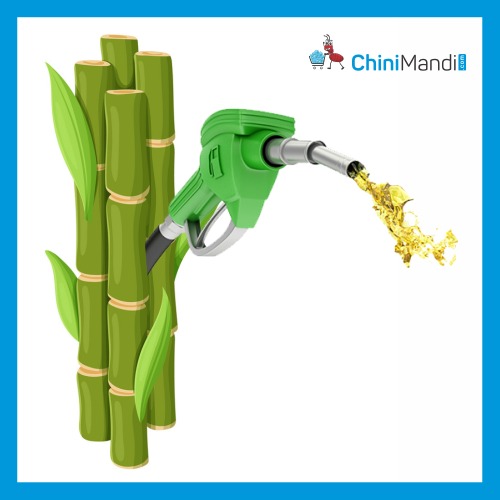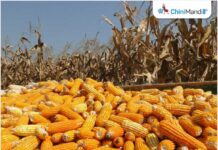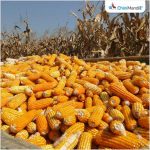New Delhi: The central government having directed sugar mills not to use cane juice or syrup to produce ethanol may hurt, to some extent, the blending with fuel but it is expected to increase the production of sugar, according to a Crisil report.
On Thursday, the government, with immediate effect, directed sugar mills not to use cane juice or syrup to produce ethanol as it tried to increase sugar supplies by curtailing ethanol production.
However, supply of ethanol from existing offers received by oil marketing companies from B heavy molasses, C heavy molasses and grains will continue, the government maintained.
According to the analytics firm, production of sugarcane and sugar was projected to decline by 9 per cent and 3 per cent, respectively, due to the scanty rainfall seen in the key sugarcane-producing states of Maharashtra and Karnataka.
The analytics firm Crisil, in a report, said sugar production may decrease at a slower pace of 3-4 per cent, compared to the earlier estimated 10-11 per cent.
Likewise, ethanol production may fall by 20 per cent, which could bring the ethanol blending rate to less than 10 per cent in ethanol supply year 2023-24, against 12 per cent in 2022-23.
The government’s ambitious target of attaining 20 per cent ethanol-blended petrol by 2024-25 and 30 per cent by 2029-30 is likely to face setbacks due to the halt of ethanol production from sugarcane juice in 2023-24, said Crisil.
“Given sugarcane is a key raw material for production of both sugar and ethanol, dwindling supply is compelling producers to choose between the two,” the Crisil report noted.
“Against the backdrop of price volatility in staples like rice, wheat, onion, tomato, and the upcoming national elections, the government has taken measures to control domestic sugar prices.”
Of the total ethanol produced in the country, ethanol from cane juice notably accounts for 25-30 per cent while that from B heavy molasses accounts for over 60-65 percent. Ethanol from C heavy molasses and grains accounted for the rest.
“Sugar mills will now divert more sugarcane towards production of B heavy and C heavy molasses, originally intended for ethanol production from sugarcane juice,” said the report, contending that it is expected to boost sugar production by 2.5 million tonne for 2023-24 season.
Going forward, with sugar supply expected to rise by 2-2.5 million tonnes due to the latest intervention, prices of the sweetener are expected to rise a moderate 3-4 per cent in 2023-24 year-on-year. The closing inventory would surpass three months’ consumption, ensuring adequate supply for the entire country.
Sugar prices surged 7 per cent and 5 per cent in 2021-22 and 2022-23 sugar seasons, respectively. By the end of 2022-23, sugar prices had crossed Rs 40 per kg in northern India due to lower sugarcane availability and its increased diversion towards ethanol.
Closing inventory stood at two months’ consumption in 2022-23, versus an average of four months in the last five years, the Crisil report noted.
(With inputs from ANI)












